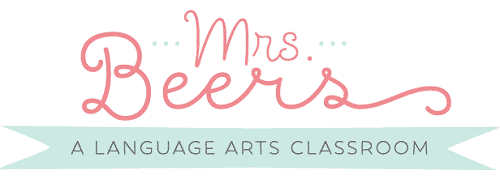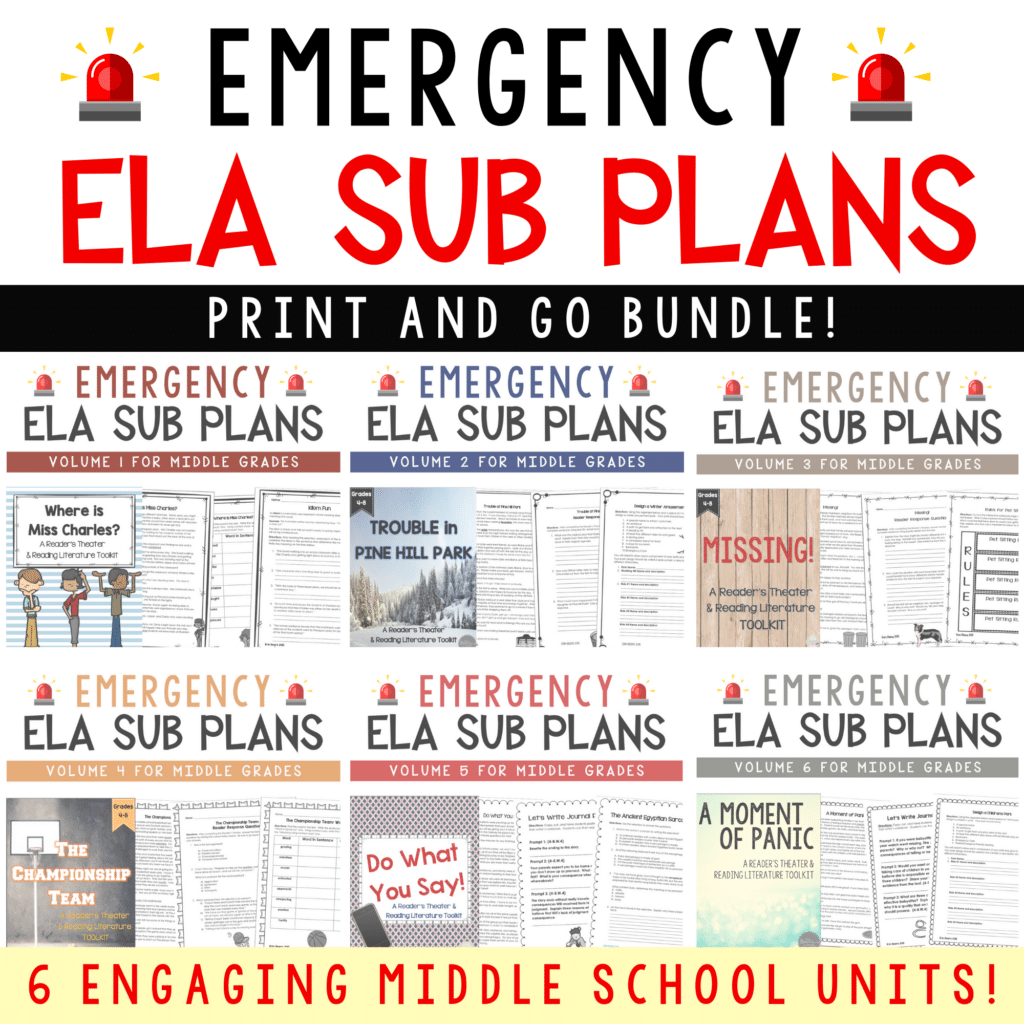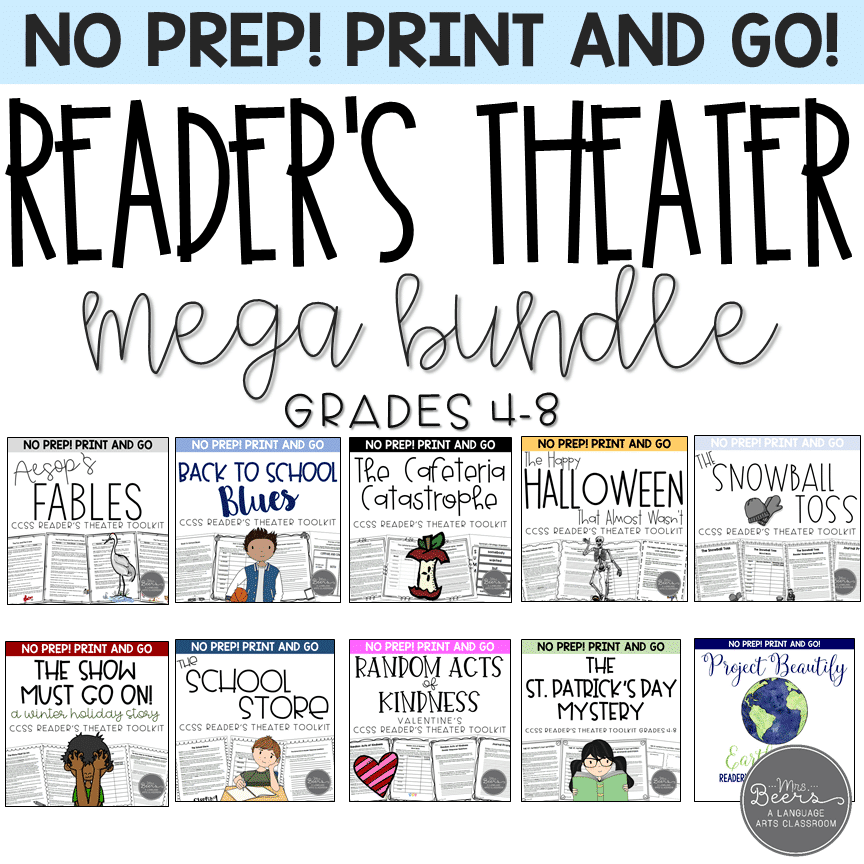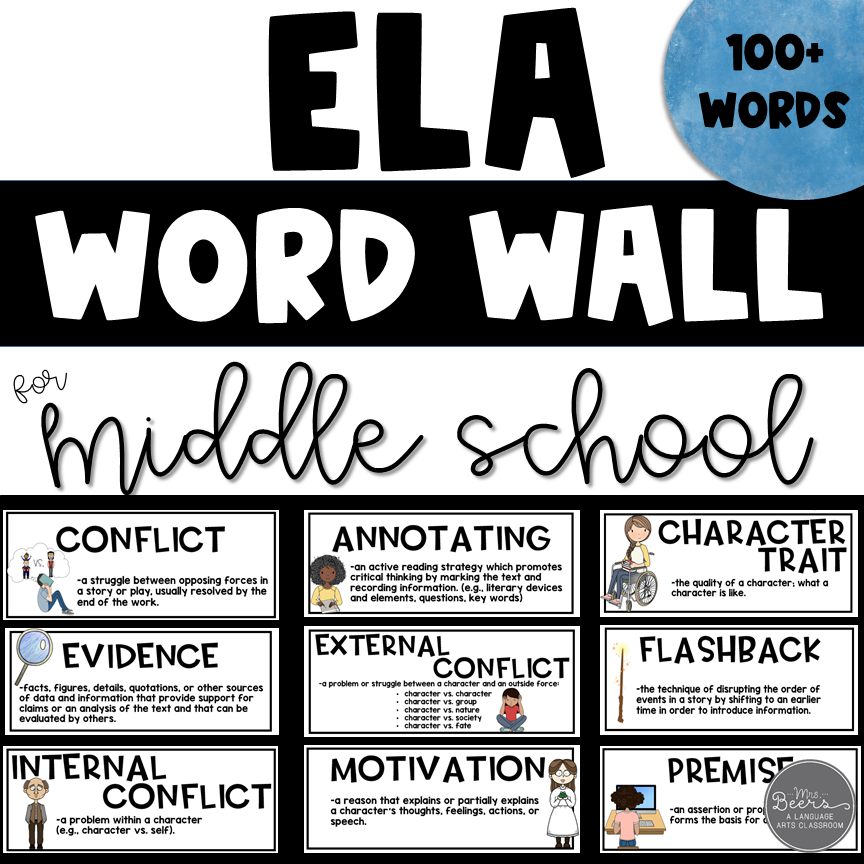
My goal as an educator is to immerse my students in the learning process with high-interest lessons in order to excite their passion for learning. Some days this goal is easier achieved than others.
With the implementation of the Common Core standards into my daily instruction, I have found my instruction is more targeted and purposeful. Because I teach 6th grade, the majority of my language arts lesson plans and resources are CCSS aligned for grades 4 through 8.
While I have created tools for lower level readers due to the diverse levels of my student learners, I find based on DRAs, DIBELs, MAP testing, and other progress monitoring tools, my students are building their ELA skills in the range of grades 4-8.
Ideally students would arrive in my class each August ready to learn 6th grade level content, but that is not the reality. Therefore, I need to meet my students where they are, and do all that I can to enhance their knowledge and learning a full grade level. This is standard terminology for most public school teachers, but I want to explain more about what this means for my readers who are not familiar with Common Core teaching standards.
If you are looking for resources that target specific standards, all of my TPT product descriptions include an overview of the standards they cover. In addition, each product includes a page that states the specific standards covered with the utilization of the classroom resource.

But what do all of those letters and numbers actually mean for educators?
In their most simplistic form, they provide a guideline for the skills required to complete the lesson. This information is used to help teachers select age appropriate resources, and offer sufficient learning challenges to growing minds.
The combination of letters and numbers are like a special language for teachers, with each part of the CCSS code defining a benchmark for the resource it is attached to.
The proper way to reference standards is to use a format like CCSS.ELA-Literacy.RL.4.1
This short string of characters gives us the information below:
CCSS = Common Core State Standards
ELA-Literacy = English Language Arts Standards (CCSS covers ELA and Math)
RL = Reading: literature (the strand)
4 = 4th Grade (learning level)
.1 = The standard (defines the expectation of the student)
In the example above, the standard 4.1 indicates the 4th grade student should be able to:
“Refer to details and examples in a text when explaining what the text says explicitly and when drawing inferences from the text.”

While the proper citation for this example is CCSS.ELA-Literacy.RL.4.1, you are more likely to see it shortened to RL.4.1 on websites like Teachers Pay Teachers. This is because experienced teachers recognize that letter combinations like RL, W, and SL apply to ELA standards.

English Language Arts Standards are broken down into strands.
Most my resources focus on the following strands:
RL – Reading: Literature
RI – Reading: Informational Text
RF – Reading: Foundational Skills
W – Writing
SL – Speaking & Listening
L – Language
Each strand is further targeted by grade and category.
Here are the categories for each ELA strand:
RL and RI
Key Ideas and Details (Standards .1, .2, .3)
Craft and Structure (Standards .4, .5, .6)
Range of Reading and Level of Text Complexity (Standard .10)
RF
Print Concepts (Standard .1)
Phonological Awareness (Standard .2)
Phonics and Word Recognition (Standard .3)
Fluency (Standard .4)
W
Text Types and Purposes (Standards .1, .2, .3)
Production and Distribution of Writing (Standards .4, .5, .6)
Research to Build and Present Knowledge (Standards .7, .8, .9)
Range of Writing (Standard .10)
SL
Comprehension and Collaboration (Standards .1, .2, .3)
Presentation of Knowledge and Ideas (Standards .4, .5, .6)
L
Conventions of Standard English (Standards .1, .2)
Knowledge of Language (Standard .3)
Vocabulary Acquisition and Use (Standards .4, .5, .6)
Now that we’ve covered CCSS categorization, let’s discuss the actual standards!
Common Core State Standards are succinctly detailed and get progressively deeper by grade level. There are far too many to include them all here, but I will review some examples. You can read and download all CCSS ELA Standards at the Core Standards Website.
Comparing the “same” standard for the 4th and 8th grades:
One of the best ways to understand how students progress within a CCSS education is compare standards from one level to the next. For the sake of discussion, I am using 4th versus 8th grade ELA standards below.
W4.3A (4th Grade | Writing | Text Types and Purposes)
“Orient the reader by establishing a situation and introducing a narrator and/or characters; organize an event sequence that unfolds naturally.”
W8.3A (8th Grade | Writing | Text Types and Purposes)
“Engage and orient the reader by establishing a context and point of view and introducing a narrator and/or characters; organize an event sequence that unfolds naturally and logically.”
W4.6 (4th Grade | Reading: Literature | Craft and Structure)
“Compare and contrast the point of view from which different stories are narrated, including the difference between first- and third-person narrations.”
W8.6 (8th Grade | Reading: Literature | Craft and Structure)
“Analyze how differences in the points of view of the characters and the audience or reader (e.g., created through the use of dramatic irony) create such effects as suspense or humor.”
W4.8 (4th Grade | Reading: Informational Text | Integration of Knowledge and Ideas)
“Explain how an author uses reasons and evidence to support particular points in a text.”
W8.8 (8th Grade | Reading: Informational Text | Integration of Knowledge and Ideas)
“Delineate and evaluate the argument and specific claims in a text, assessing whether the reasoning is sound and the evidence is relevant and sufficient; recognize when irrelevant evidence is introduced.”
W4.2 (4th Grade | Speaking & Listening | Comprehension and Collaboration)
“Paraphrase portions of a text read aloud or information presented in diverse media and formats, including visually, quantitatively, and orally.”
W8.2 (8th Grade | Speaking & Listening | Comprehension and Collaboration)
“Analyze the purpose of information presented in diverse media and formats (e.g., visually, quantitatively, orally) and evaluate the motives (e.g., social, commercial, political) behind its presentation.”
W4.3A (4th Grade | Language | Knowledge of Language)
“Choose words and phrases to convey ideas precisely.”
W8.3A (8th Grade | Language| Knowledge of Language)
“Use verbs in the active and passive voice and in the conditional and subjunctive mood to achieve particular effects (e.g., emphasizing the actor or the action; expressing uncertainty or describing a state contrary to fact).”
While the description of the 8th grade standards are not much longer than their 4th grade counterparts, the skills required to accomplish the goal are more complex and require a deeper understanding of text and experience
Each grade level requires a deeper understanding of how words communicate the English language. The progression by grade is often very subtle, but the as teachers we know that missing even one learning plateau can have a long-lasting impact on future progression.
Hopefully this summary of ELA Common Core Standards provides a background for those of you who are unfamiliar with CCSS. To be clear, this is a basic introduction that only covers the standards I target in many of my own resources. The complete list of CCSS for language arts can be found on the Common Core Website.
While technical, it is essential for educators to understand what we need to be teaching our students so that they have the opportunities provided to them to be truly college and career ready. These standards don’t dictate how we teach our students the content, they focus on what is expected to be learned at each grade level. It is up to us as professional teachers to use our expertise and passion for educating our students to develop the lessons that spark and engage their enthusiastic and inspired minds.




